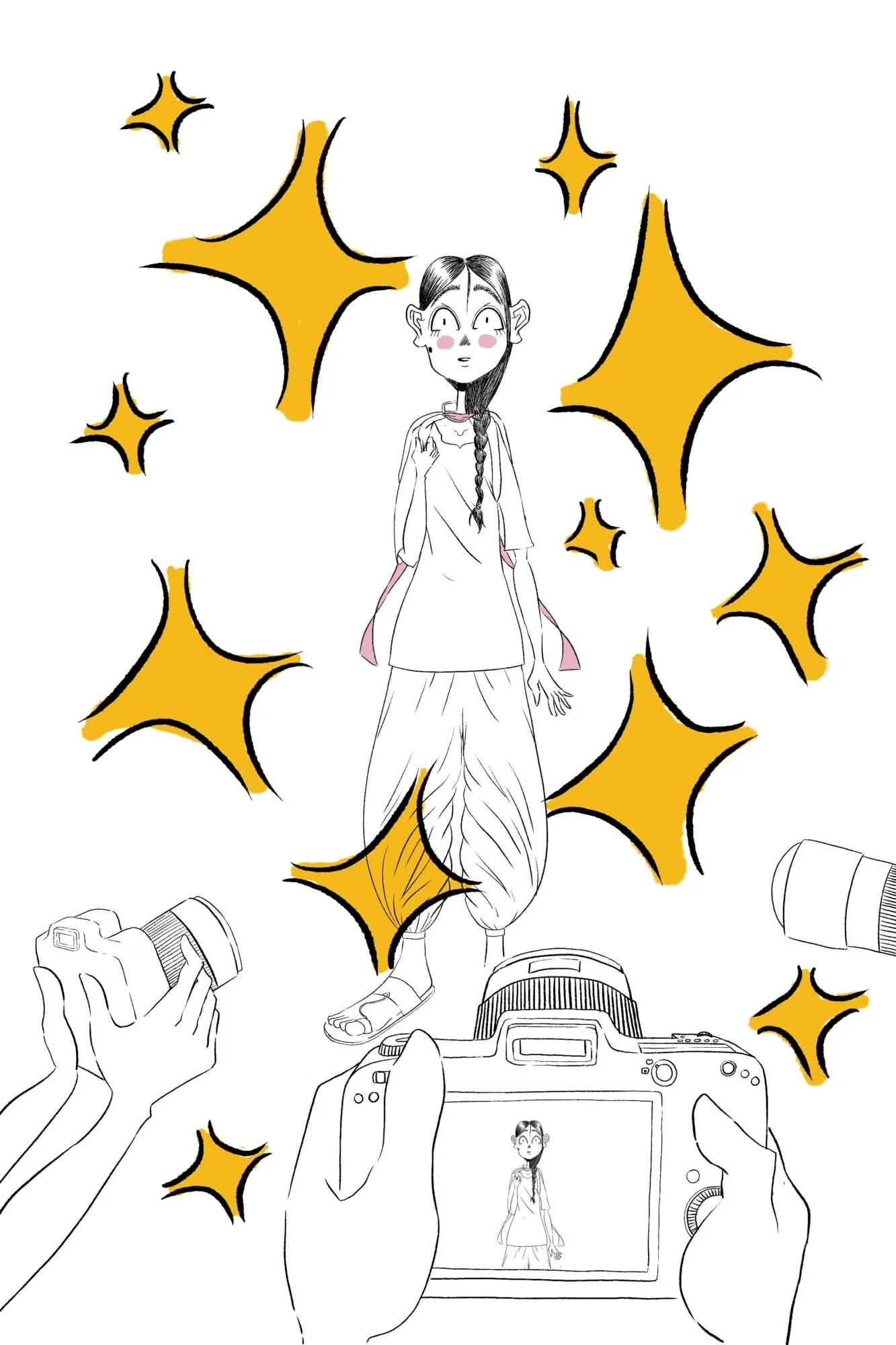South Asians have long been the target of racism and mockery for simply expressing their culture. We’ve been called names for oiling our hair, wearing a dupatta, eating with our hands, adorning with a bindi and most importantly, for simply having brown skin.
But now, the very West that once shunned these practices is eagerly stealing them, repackaging our culture as the latest trend. They are attempting to colonize South Asian culture this time not through land or power, but through fashion.
The problem is that while people love to eat Indian food and wear South Asian clothes, they rarely appreciate or respect the people who created them.
Our cultural staples have been rebranded and resold without context or credit. Dupattas are now “Scandinavian scarves”; oiled hair that was once mocked as “greasy” is now a “Slick Back” style; Chudiyan are suddenly “BuDha bangles”; the traditional Salwar is sold as “Balloon pants”; the Lungi becomes a “check mini skirt” at Zara; Kolhapuri chappals are now “leather toe-ring sandals” at Prada; mehendi is renamed “henna tattoos”—stripped of its ritual meaning; and Lehengas are marketed as two-piece designer sets.
This isn’t appreciation, this is cultural appropriation wrapped in expensive branding.
What’s happening is a slow, subtle re-colonization of South Asian culture. The West isn’t just borrowing our traditions, it’s seizing them, profiting from them, and erasing us in the process.
What’s worse is the double standard: when brown kids wear their culture, they’re “too ethnic,” “weird,” or “embarrassing.” But when someone from outside the community wears the same thing, it’s “edgy,” “bold,” or “fashion-forward.”
This hypocrisy isn’t harmless. It reveals the deep racism that still exists, racism that is accepted or ignored far too often when it’s aimed at South Asians.
What may be a seasonal trend for a fashion label is, for us, a legacy. These cultural elements have been passed down from generation to generation, rich with meaning, tradition, and memory. They are our identity. They tell stories of migration, trade, ritual, and resistance.
It is infuriating to see them taken out of context, renamed and sold back to us at exorbitant not only because of the theft, but also because South Asian voices and lives are still being erased.
This frustration stems from decades, even centuries, of cultural dismissal. Our anger comes from the racism that still affects South Asians globally. Our cultures have been viewed as “embarrassing” when worn by us but becomes “iconic” when worn by someone else.
This is more than just fashion. It’s about power, privilege and prejudice.
When South Asian cultures are only respected when it’s separated from South Asian people, that’s not appreciation. That’s exploitation.
Because South Asian cultures are not a gimmick. It’s not a costume. They are not a trend.
It’s history. It’s pride. It’s survival. And it deserves your respect.
True appreciation begins with acknowledgement, respect and inclusion not with profit, trend-chasing or aesthetic repackaging.
South Asian cultures are not costume or accessory. It is history, identity and resilience and it deserves to be treated that way.
For South Asians, cultures are not just tradition.
It is identity.
It is ancestry.
It is survival.
This article is cross published with The Cord.




Leave a Reply